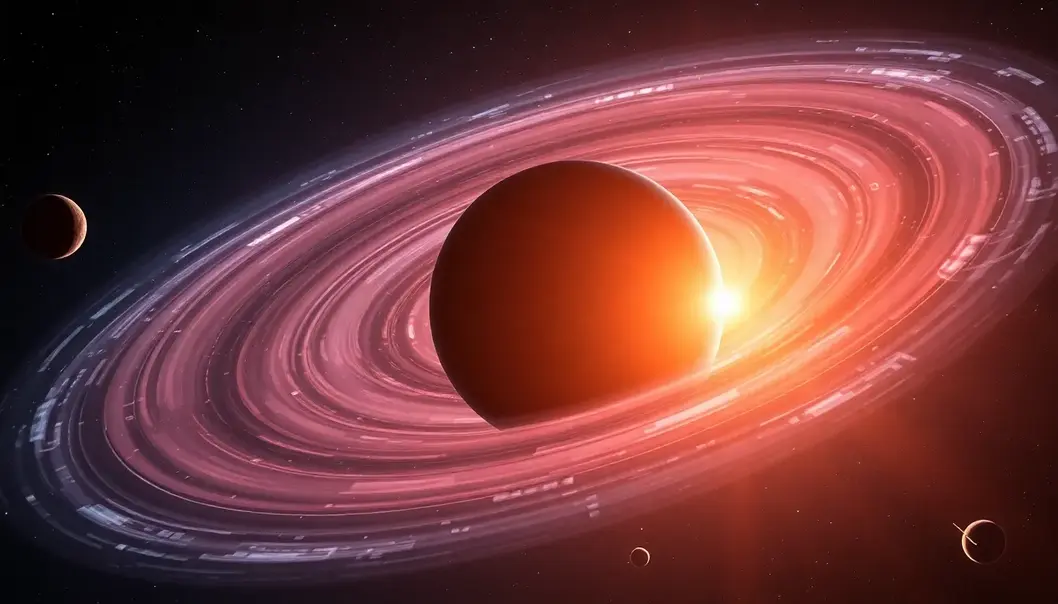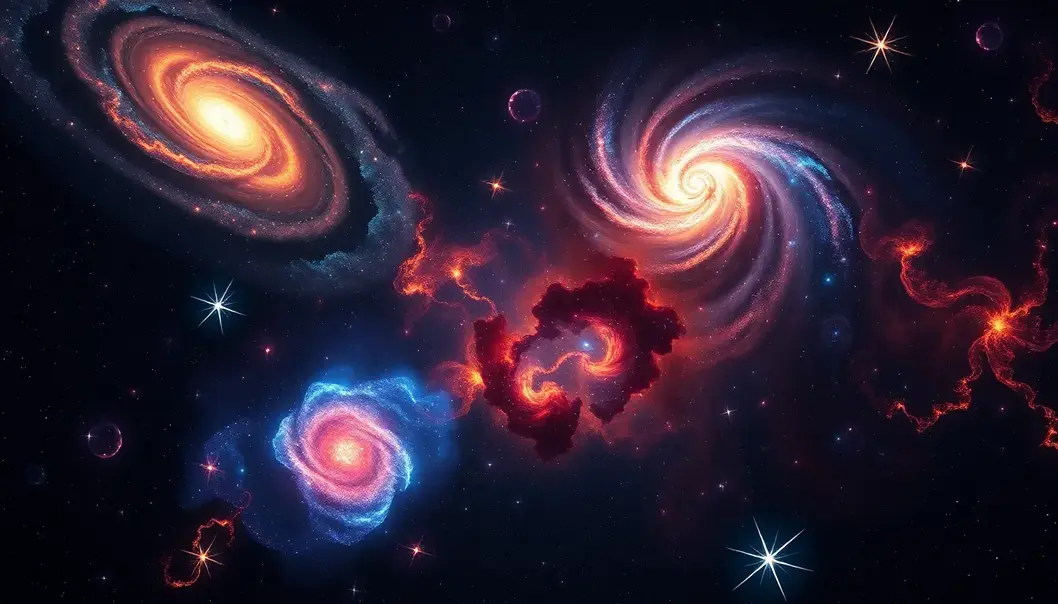Prepare to expand your mind beyond the confines of our Earth as we dive into the latest groundbreaking discoveries from the depths of space. Picture this: shimmery gases, never-before-seen planets, and phenomena that challenge everything we thought we knew about the universe. These cosmic unveilings not only inspire wonder but also bring us closer to answering questions that have puzzled humanity for eons. Ready to embark on this journey where science and stellar beauty intertwine? Buckle up as we explore some of the coolest, most intriguing space finds of recent times that are guaranteed to leave you starstruck.
Exoplanets: New Neighbors in the Cosmic Neighborhood

The universe, vast and filled with mysteries, continues to surprise us as astronomers push the boundaries of our cosmic understanding. Among the most exciting developments are the discovery of new exoplanets, each offering unique insights into planetary formation and the potential conditions for life beyond Earth. With advances in technology and observation techniques, astronomers have identified an array of exoplanets, from scorching hot Jupiters to worlds with conditions not entirely dissimilar to our own.
One of the primary methods used to detect these distant planets is the transit method. This involves observing the light from a star and noting any dimming that occurs as a planet passes in front of it. This technique has grown more sophisticated with time, allowing astronomers to measure the size and orbit of these planets with astonishing precision. Complementing this approach is the radial velocity method, which examines the gravitational tug a planet exerts on its star. By capturing the star’s tiny wobbles, scientists can infer the presence of a planet, unobservable directly through traditional telescopic imagery.
Recently, a particularly intriguing discovery has thrilled scientists: an Earth-like planet orbiting in the habitable zone of its star, where conditions may allow for liquid water. This planet, located in a system many light-years away, presents atmospheric conditions that warrant deeper investigation. Its potential to host life sends ripples of excitement throughout the astronomical community, propelling further study of its composition and environment.
Another captivating find is the range of atmospheric compositions detected on these exoplanets. Some harbor atmospheres rich in methane, while others show unexpected compounds, suggesting dynamic geochemical processes at play. These atmospheric analyses challenge existing paradigms about habitability, urging scientists to reconsider what constitutes a life-supporting planet.
These discoveries imply profound possibilities: if life-sustaining conditions exist on these new worlds, the prospects for discovering extraterrestrial life increase. This potential sparks both scientific and philosophical questions about our place in the cosmos and the universal nature of life.
Though humanity is still in the early stages of exploring these cosmic neighbors, the rapid pace of innovation and discovery ensures that our understanding will continue to evolve. The study of such planets not only satisfies our innate curiosity but also underscores the vast diversities of planetary systems throughout the universe, encouraging us to look beyond our terrestrial confines and imagine new horizons in the galactic expanse.
The Cosmic Symphony: Unveiling Mysterious Space Sounds

The universe is a vast expanse, infinitely silent to our ears but alive with a symphony of sounds that boggle the imagination. Contrary to the quiet isolation one might expect from the cosmos, space is filled with sounds created by the most enigmatic phenomena known to mankind. These sounds, captured and translated by astronomers, offer a new sensory dimension to our understanding of the universe.
One of the most fascinating sources of cosmic sounds is pulsars, which are rapidly spinning neutron stars that emit beams of electromagnetic radiation. As these celestial lighthouses rotate, they pulse cosmic signals that, when translated into audio, resemble rhythmic beeps or beats. Each pulsar boasts its unique sound, often compared to the regular, steady drumming of a heart. This is not just a curiosity; it acts as a precise cosmic clock, helping astronomers measure time and space dynamics with exquisite accuracy.
Black holes, the dark and enigmatic giants of the universe, also contribute to the universe’s auditory tapestry. Though they do not emit sound directly—being regions where even light cannot escape—their gravitational influence on surrounding matter creates vibrations that permeate the interstellar medium. Scientists have managed to translate the ripples and waves produced in the cosmic background into eerie hums and whispers, lending a voice to what was once thought voiceless.
Interstellar medium buzz, on the other hand, is the chaotic symphony of charged particles and electromagnetic radiation filling the space between stars. This ‘galactic white noise’ results from countless processes and collisions happening across light-years. Translating these signals reveals a complex mix of seemingly random sounds that define the vast distances separating star systems, offering insights into the energy that permeates the universe.
To make these celestial phenomena audible, scientists employ tools like radio telescopes to capture the electromagnetic waves emitted by these objects. The data is then processed and transformed into audio frequencies that humans can comprehend. This not only allows us to ‘listen’ to the universe but to analyze the data in new ways, discovering patterns and characteristics that raw data alone might obscure.
Understanding these sounds is more than a scientific endeavor; it is a journey into the heart of the cosmos. By decoding these celestial harmonies, we gain insight into the mechanics of extreme cosmic environments and the deep-seated energies that govern them. The sonic exploration of space is not just an academic pursuit but an adventure that connects us deeply with the cosmic dance unfolding over our heads.
Final words
The universe never ceases to amaze us with its vastness and mystery. From newly discovered planets that might resemble home to enigmatic cosmic symphonies echoing through the void, each discovery brings humans one step closer to understanding the cosmic puzzle. As we continue to gaze at the stars, the prospect of further unraveling the universe’s secrets is as exciting as ever. Stay curious, and keep looking up!
Join our stellar community to stay on top of space discoveries and cosmic wonders!
Learn more: https://stellarspacecommunity.com/sign-up
About us
Stellar Space Community offers enthusiasts a platform to explore, discuss, and engage with all things cosmic. From the latest space news to in-depth discussions about galactic phenomena, join us to enhance your knowledge and connect with like-minded individuals who share a passion for the universe.

